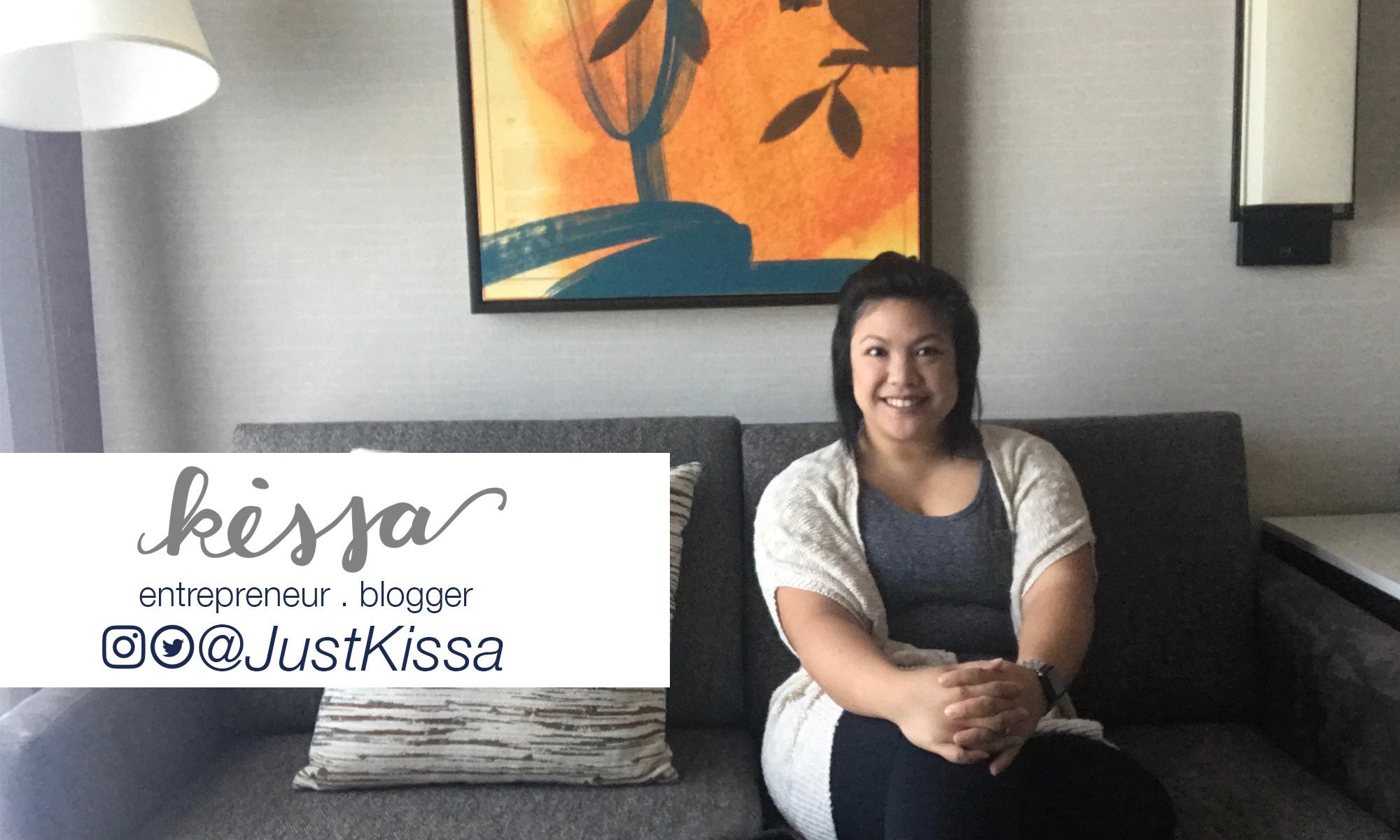A menu will make or break a restaurant. After all, it’s all about the food – the appearance, the taste, the quality, and the variety. These factors are the basis of your menu and your pricing. I thought I’d take you down the road of my thought process when putting a menu together. I think the theme for menu planning is a balance. There has to be a balance with a lot of key factors.
Too much on the menu gets overwhelming, too little on the menu feels restrained. You don’t want to buy too many different ingredients, you don’t want things to go to waste and take up space in your kitchen. Here comes that theme of balance. The key here is to be strategic. It’s about that balance between what your restaurant can handle and what the customer can absorb.
So, let’s talk about the operations side of menu planning. First you want to think about how your restaurant is going to be set up – quick service (almost like fast food), modified quick service (you order at the counter and they serve you food), or sit down?

My personal opinion is the quicker the service style, the smaller your menu should be. The last thing you want is people standing and staring at the menu FOREVER when you’re trying to keep the line moving. Think simple. Bigger menus and variety is great for sit down service. It creates more interaction and a personalized service from your servers.
Secondly, you want to think about how much labor is going to go into your dishes. Labor is one of the biggest expenses for any business. Try to think of ways to utilize less labor and ingredients to complete your dishes. This will be a big factor when you get to the pricing. If it takes 3 individuals vs 1 to complete a dish it makes it more expensive.
Lastly, on the operations side let’s talk about pricing. Now I can do a whole series on pricing strategies, but today I’ll just talk about pricing when it comes to menu planning. My biggest piece of advice when it comes to pricing is – don’t just look at your competition and copy or charge $1 less. This will not work! It’s extremely important you do your homework on your costs. When it comes to menu pricing, try to get your costs to fall between 30%-35% and you should be good. If you can get more, even better! I’d say after you do your pricing calculations, it would be safe to say that you can look at your competition and price it competitively. After all, you don’t want to be charging $4 for a sandwich if the competition is selling
it for $8!
Now that we’re done with considering operations, let’s talk about your dishes. Question #1: What is your signature product or signature dish? This is extremely important. What do you want to be known for? What is going to be your specialty? When we first started Ninong’s we got caught up in the let’s serve everyone game. Big mistake. What we should have done was ask the questions above so we could revolve our marketing around it. Lesson learned.
Next! Once you have your signature dish, revolve your menu around that signature product. Create dishes that are a good pairing, heighten that product with good supporting items! For example, our signature product is our Ube Pancakes. Because that is a sweet breakfast item we serve a lot of savory dishes to accompany the pancakes. We also serve “breakfast” dishes through the day instead of just in the morning.
Lastly, think not just about what people would want to eat but what you would be proud to serve! The last thing you want is to have a dish on the menu that you hate to cook. Trust me, I’ve been there lol! Create dishes that represent you and help you tell your story. Remember, owning a restaurant is extremely personal. Your passion and drive will shine through the food. It’s your way to share a piece of your journey with the public!
xoxo,

